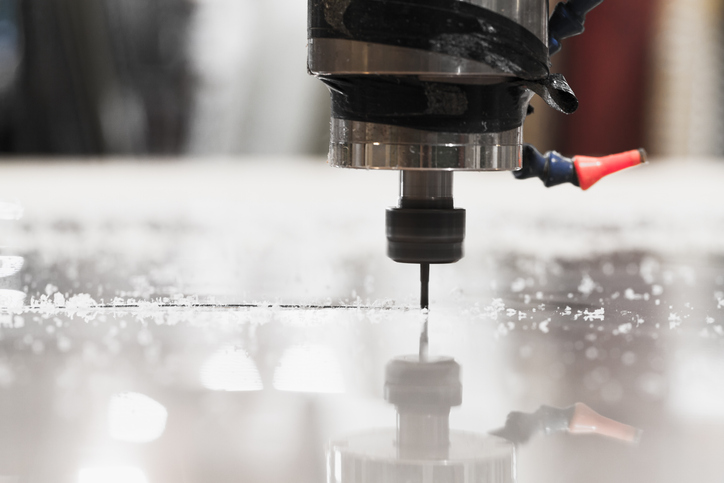A complex assembly is rarely complete after the injection molding. Additional operations are often required to get the part or subassembly to the stage needed by the end user. At Ensinger Precision Components, we do post-molding processes as part of our advanced manufacturing services. These advanced manufacturing processes can add additional features, combine parts, or result in finished products.
Customers can save time and money when we take on these processes for them. Here are some of the advanced manufacturing services we offer.
Pitfalls to Avoid When Transferring Tooling: Explore our free ebook to learn what to avoid when transferring tooling to a different partner, including a handy checklist.
Annealing and Post-Curing
Annealing or post-curing is a heat treatment process that occurs after molding. The temperatures and hold times are dependent on materials and thicknesses. The part is heated slowly and evenly to a specified temperature below its melting point, but above its recrystallization temperature. It is held at that temperature for a specified time that ensures it is heated through, and then the temperature is slowly reduced to cool the product.
Manufacturing processes can cause internal tension in semi-finished products. At Ensinger, we typically anneal semi-finished products to reduce this stress and increase the crystallinity structure. The annealing process improves the strength and chemical resistance of the component and increases dimensional stability over a wide temperature range.
Intermediate annealing is often required for materials that undergo extensive machining to ensure tight tolerances can be met without warping the product.
CNC Machining
Further processing of semi-finished products can be done with CNC machining. The tools and process parameters used are critical for ensuring high-precision, durable products. The characteristics of the material may impact the tooling and processes used. Hygroscopic materials may require conditioning before machining.
As mentioned above, machining is done on annealed parts to prevent warping caused by the generated heat. Intermediate annealing may be required after the primary machining process to dissipate the build-up of thermal tension before further machining.
We have extensive machining capabilities. Here a just a few of the advanced manufacturing processes we provide:
- Drilling — This is the first process for machining holes. The size of the hole is limited to the size of the drill bit.
- Broaching — This is used to enlarge the hole that has been drilled and improve the quality. A broach drill is similar to a twist drill but has more teeth and no chisel edge.
- Boring — This is also used to enlarge a hole. It uses a single-point cutting tool to enlarge the hole. Because of how the tool rotates, the hole size is not limited to the tool size like drilling. However, it requires multiple passes to achieve the desired size.
- Milling — This machining method uses a cylindrical cutter on an axis to shape flat surfaces, grooves, or other characteristics into the part.
- Tapping — Tapping creates a threaded hole for screws or bolts.
- Reaming — Reaming is a finishing method used to smooth out an existing hole. The tool rotates like a drill, but It doesn’t remove large amounts of material like drilling. It results in a smooth surface finish.
Heat Staking
Heat staking is used to attach two components when at least one is a thermoplastic. Controlled localized heat and pressure are used to reform a plastic peg, stud, or boss after it has been inserted into a hole in the other component. Heat staking can be modified to embed threaded inserts. When the plastic cools, a bond is created that doesn’t require additional hardware. The controlled nature of this advanced manufacturing process creates almost no mechanical stress on the thermoplastic.
Ultrasonic Welding
Another method of attaching thermoplastic components is ultrasonic welding. It uses high-frequency waves to cause intermolecular and surface tension that subsequently generates heat and melts the plastic. Once the parts cool, a permanent bond is formed. Like heat staking, this method requires no adhesives or hardware to form the attachment.
Assembly Services and Packaging
Many industries rely on us for ready-to-install complete assemblies. We ensure assembly-specific tolerances of the components are considered during the manufacturing process so your finished product functions as intended. We can then package it according to your specifications.
Some advanced manufacturing processes that may be used for assembly include machining, ultrasonic welding, heat staking, hardware placement, laser marking or printing, functional testing, quality inspection, and more.
Ensinger Precision Components Provides a Customized Total Solution
Contact us for your next high-performance thermoplastic component or assembly. We will work with you to understand your product and application and evaluate all the variables that can impact cost and quality to provide you with the best solution.
